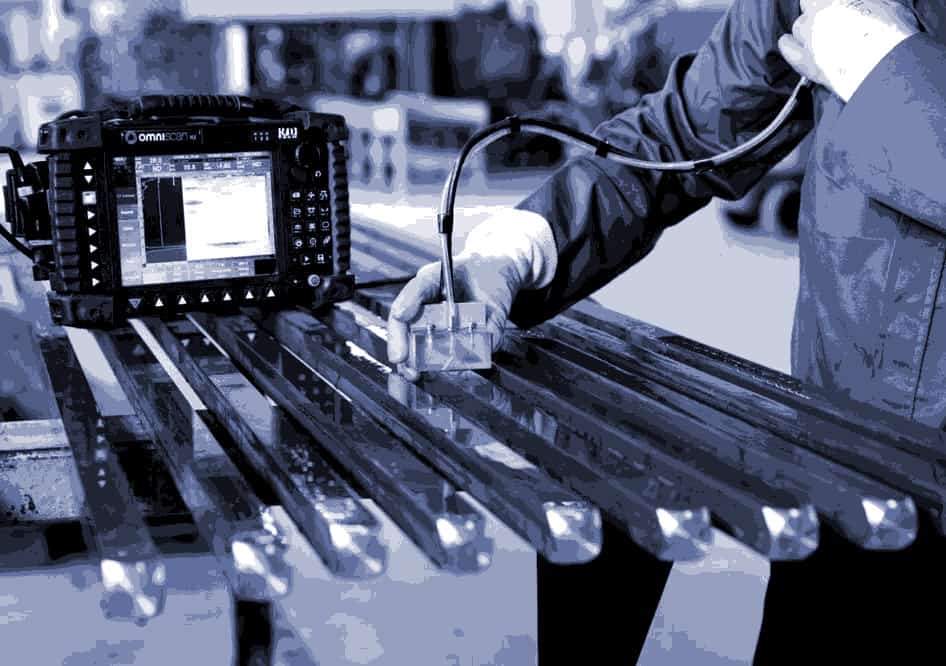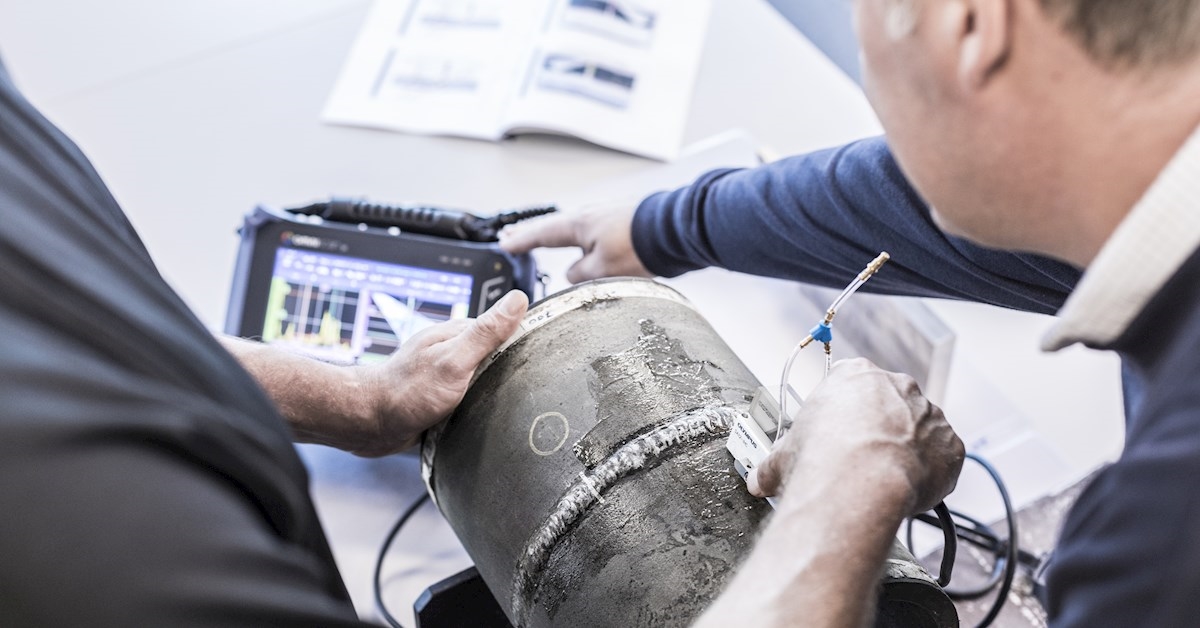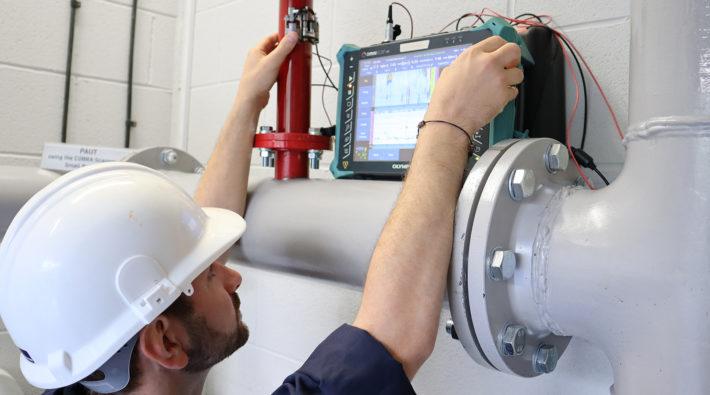In the ever-evolving world of industrial quality assurance, the importance of multi channel vibration data synchronization cannot be overstated. This technique plays a critical role in ensuring that machinery operates smoothly, efficiently, and without unexpected interruptions. By optimizing the synchronization of vibration data across multiple channels, industries can significantly enhance their operational efficiency and reduce downtime.

Understanding Vibration Data Synchronization
At its core, vibration data synchronization involves aligning data collected from various channels to ensure that they are in harmony with each other. This is particularly important in industries where machinery operates at high speeds and precision is paramount. The synchronization process helps in identifying anomalies and potential failures before they escalate into major issues.
The Need for Multi Channel Synchronization
In industries such as manufacturing and aerospace, machinery comprises multiple moving parts that need to work in unison. Multi channel synchronization ensures that data from different parts of a machine are collected and analyzed simultaneously. This allows for a comprehensive understanding of the machine’s health, leading to timely maintenance and reduced risk of unexpected failures.
Benefits of Multi Channel Vibration Data Synchronization
Improved Machine Health Monitoring
One of the most significant advantages of multi channel vibration data synchronization is the ability to monitor machine health more effectively. By analyzing synchronized data, industries can detect early signs of wear and tear, allowing for proactive maintenance and minimizing the risk of breakdowns.
Enhanced Data Accuracy
When data from multiple channels is synchronized, the accuracy of the analysis increases. This is because synchronized data provides a complete picture of how different parts of a machine are interacting, leading to more precise diagnostics and solutions.
Increased Operational Efficiency
Synchronized vibration data enables industries to optimize their machinery’s performance, leading to increased inspection accuracy. This not only enhances operational efficiency but also contributes to cost savings by reducing the need for frequent repairs and maintenance.
Implementing Multi Channel Vibration Data Synchronization
Choosing the Right Tools
Implementing multi channel vibration data synchronization requires the right set of tools and technologies. Industries must invest in advanced data acquisition systems that are capable of collecting and synchronizing data from multiple channels efficiently.
Training and Expertise
To ensure successful implementation, industries must also focus on training their workforce. Employees should be equipped with the knowledge and skills needed to operate synchronization tools and interpret the data accurately.
Continuous Monitoring and Maintenance
Synchronization is not a one-time process. Continuous monitoring and maintenance are essential to ensure that the synchronization remains effective over time. Regular checks and updates to the synchronization system can help in maintaining its efficiency.
Challenges in Multi Channel Vibration Data Synchronization
Data Overload
With multiple channels collecting data simultaneously, there is a risk of data overload. Industries need to have robust data management systems in place to handle large volumes of data effectively.
Integration with Existing Systems
Integrating new synchronization systems with existing machinery can be challenging. Industries must ensure that their existing systems are compatible with new technologies to avoid disruptions in operations.
Future of Multi Channel Vibration Data Synchronization
As technology continues to advance, the future of multi channel vibration data synchronization looks promising. With the integration of artificial intelligence and machine learning, industries can expect even more precise data analysis and improved machinery performance.
Embracing Innovation
Industries must embrace innovation and stay updated with the latest trends in vibration data synchronization. This will enable them to remain competitive and enhance their operational capabilities.
Conclusion
In conclusion, multi channel vibration data synchronization is a crucial aspect of industrial quality assurance. By implementing this technique, industries can enhance their machinery’s performance, reduce downtime, and improve overall operational efficiency. As technology continues to evolve, the potential for even greater advancements in synchronization techniques is vast, promising a brighter future for industries worldwide.

FAQs
What is multi channel vibration data synchronization?
It is the process of aligning vibration data collected from multiple channels to ensure accurate and comprehensive analysis of machinery’s health.
Why is data synchronization important?
Data synchronization is important because it enhances the accuracy of diagnostics, improves machine health monitoring, and increases operational efficiency.
What are the challenges of implementing synchronization?
The main challenges include data overload, integration with existing systems, and the need for continuous monitoring and maintenance.
This article contains affiliate links. We may earn a commission at no extra cost to you.
